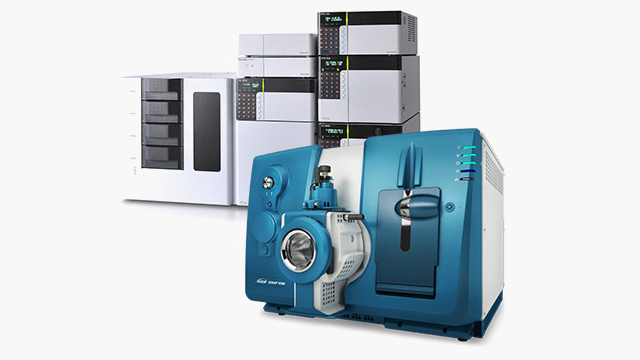Drug discovery and development studies generally involve:
- Screening potential new chemical entities
- Optimizing them
- Evaluating their potential to form a successful drug product.
Today drug developers focus on identifying potential candidate molecules early during the drug discovery process to minimize the resources spend on unreliable and poor candidate molecules. Here, drug metabolism and pharmacokinetic assessments play a vital role.
Typical drug metabolism and pharmacokinetic studies include induction assays, CYP inhibition and reaction, phenotyping, metabolite stability and identification, determining reactive metabolites, estimating plasma protein binding, and determining in vitro permeability. These assessments not only help screen potential candidates but also provide information about the drug’s properties. Researchers have several robust methods, such as MSD biomarker assays and LC-MS mass spectrometry systems, at their disposal. The current article discusses the role of LC-MS assays in metabolite identification. However, researchers must always focus on adequate LC-MS method development and validation for generating reliable and reproducible reasons.
LC-MS assay in Metabolite Identification
Drug metabolism studies are complex. In addition, metabolite identification assessments are a challenging process. However, advances in hyphenated techniques have helped researchers overcome several challenges in metabolite identification. Over time liquid chromatography-mass spectrometry has emerged as a potential bioanalytical platform for metabolite identification. Several studies have defined the qualitative and quantitative assessments of metabolites using LC-MS assays. These studies also describe the chromatography conditions, sample preparation protocols, and utility of liquid chromatography detectors for accurate and reliable mass spectrometry studies.
During early drug discovery studies, LC-MS labs perform metabolite identification assessments to determine the nature and the number of metabolites produced by the compound of interest. These early assessments provide data on the functional groups and sites that need to be modified or blocked to enhance the properties of a specific drug product.
Traditionally metabolite identification studies were performed once the molecule cleared the primary discovery phase. Promising drug compounds would have ideally been identified at this moment, making it easy for drug developers to spend resources on metabolite identifications. Earlier conventional spectral analyses were mainly used to isolate and characterize metabolites in biological matrices. However, the landscape of metabolite identification has moved towards modern LC-MS approaches.
Today the number of studies employing LC-MS for metabolite identification is rising exponentially with LC-MS hardware and software developments. New-generation liquid chromatography systems usually include ultra-high-performance LC. The primary commercially available ultra-high-performance liquid chromatography systems include UPLC, hSLC, UFLC, RRLC, and FAST-LC.
Besides LC-MS technique has different modes for quantifying drug metabolites in biological matrices. These modes include SRM, MRM, and EIC. However, LC-MS face challenges while quantitating metabolites as researchers find it easier to correlate drug and metabolite responses if they have pure metabolite standards. Hence most quantitative LC-MS metabolism studies employ radiolabeled compounds for better correlation.
Today individual vendors are introducing numerous upgrades in LC-MS software and hardware for metabolite identification. Some upgrades are readily available for researchers, while some are still in the pipeline. However, any advances in LC-MS method development and validation will be crucial for reliable metabolite identification studies.
In conclusion, modern LC-MS units are the go-to platform for metabolite identification studies, making them sensitive, high throughput, and less labor-intensive.






























































